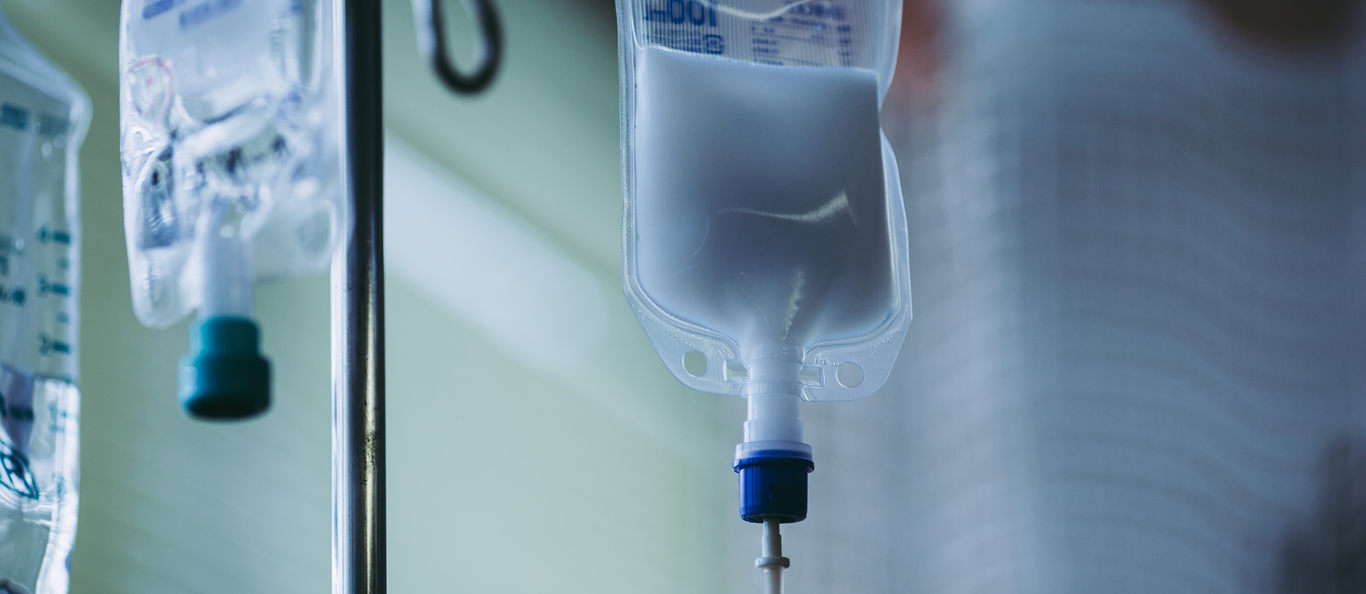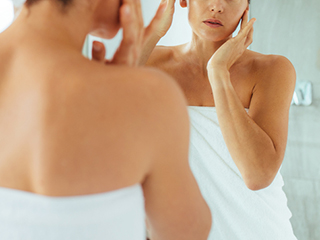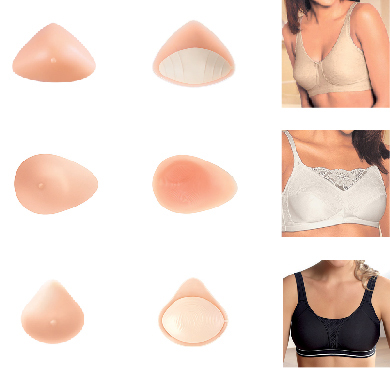Cancer or cancer treatment may cause changes in appearance such as hair loss, skin discoloration, nail deformity, and rash. Although not directly life-threatening, the damage to patients is greater than the health care professionals think.
"Appearance care" is to deal with these patients, give advice on how to deal with them, and provide psychological and physical care. It's not just about covering the appearance and making it beautiful, but about supporting the life of the person and connecting with the patient and society. The number of people who go to the hospital while working and continue cancer treatment has increased, and there is a great deal of interest now.

While cancer treatment has made remarkable progress, it can also lead to various appearance changes such as surgical scars, hair loss due to anticancer drugs, skin changes, dermatitis due to radiation therapy, and pigmentation. .. It's a pain for the patient, albeit for treatment.
But until very recently, such thoughts were rarely spoken out loud. This is probably because the patients themselves often self-controlled, saying, "When you have to concentrate on treatment to overcome cancer, it is inappropriate to talk about anxiety about your appearance." There is also a situation in which medical professionals have prioritized cancer treatment and have not paid much attention to changes in appearance.
To find out the actual situation, the National Cancer Center Central Hospital asked 638 outpatients (264 men, 374 women, average 59.5 years old) who had previously received anti-cancer drug treatment about the degree of distress of physical symptoms. heard. As a result, many symptoms related to appearance were included along with nausea, pain, and numbness. Especially in breast cancer patients, hair loss and breast resection ranked higher in pain than nausea and general pain (Table). In addition, many people complained that they couldn't go out because they were worried about their appearance. This survey also shows how the changes in appearance that accompany treatment impose great pain and burden on patients.

The pain caused by changes in appearance is decisively different from physical symptoms such as pain, nausea / vomiting, and mouth ulcer. This is because relationships with others, broadly speaking, are relative to each other in society.
Whether we are conscious or not, we first judge a person's impression by appearance. On the flip side, it's only natural that you're worried about what you see from the outside.
Keiko Nozawa, director of the National Cancer Center Hospital Appearance Support Center, wrote in a contribution:
"For example, if you were alone on a desert island, many wouldn't shave or make up. Similarly, on a desert island, no matter how cancer treatment changes your appearance, many Patients will not suffer so much. Unlike physical pain, such as headache and abdominal pain, which is painful by one person anywhere, the pain caused by changes in appearance is psychologically and socially dependent on the presence of others. That's the deep part of the problem. ”(“ How to Care for and Support Changes in Appearance with Cancer Treatment, ”Weekly Medical World Newspaper, October 21, 2013 issue).
So what exactly is psychological and social distress? Let's go a little further. For example, one is the pain of losing one's personality. Hair loss, such as hair, eyebrows, and eyelashes, changes your image and makes you feel uncomfortable, saying that you are not like yourself. The other is anxiety about changing relationships with others. I'm worried that the change in appearance may make me feel sympathetic and merciful, and I may not be able to establish an equal relationship. And that becomes a burden on the mind and increases the suffering.
Of course, a patient with hair loss wears a wig to restore his or her self-image, but more than that, there is a strong desire to avoid losing equal relationships by finding out that he has cancer. It seems that there is.
As mentioned above, the pain caused by changes in appearance is psychological and social pain that presupposes the existence of others. It is difficult to deal with it only by medical treatment. Therefore, "appearance care" is to support these patients and have them regain their own way of life.
By the way, the term appearance care was coined by the appearance-related patient team (2005-2012) in the National Cancer Center Hospital, and has been widely used outside the hospital since 2012. That is.
Again, the purpose of appearance care is to reduce the pain caused by changes in appearance, to connect normally with others and society, and to help them live in their own way. For that purpose, cosmetic skills to camouflage the changed parts such as wigs are also important. But that's just a means. No matter how beautiful the appearance is, it does not make sense if the patient suffers from a loss of self-image, cannot establish the same equal relationship with the people around him, and cannot lead his own life. On the other hand, if you don't mind if your appearance changes and you can stay as usual, you don't need appearance care.
Appearance care has been the focus of attention in the last few years, but needs are steadily increasing. The background to this is that the survival rate of cancer has improved significantly, and the number of people living while receiving treatment and returning to work has increased. Another reason is that long-term survival has become possible, and the patient's consciousness has changed significantly from "how long" to "how to live".

By the way, cosmetic support such as makeup and wigs is a major factor in appearance care. It's easy to short-circuit it by leaving it to a cosmetics and cosmetologist, but appearance care isn't just about beautifying patients or covering what's lost. The purpose is to support "living like that person" and "living comfortably". There is significance in involving medical personnel such as doctors, nurses, and pharmacists.
Healthcare professionals can provide information on various symptoms such as hair loss, rash, and nail deformity from a fair perspective, with an understanding of the illness and the psychology of the patient. Of course, in some cases, it is necessary to collaborate with beauty specialists and companies. We will summarize the specific measures for each of them and coordinate the entire support from a wide range of perspectives that take into consideration the relationship with society. That is the role that healthcare professionals are expected to play in appearance care.
On the other hand, Benessere, which rents and sells long-term care and welfare products on the corporate side, handles "breast foam" products and is a pad that covers the chest for patients who have undergone breast cancer removal surgery (a type that is directly attached to the skin). We offer a type that can be used in a brassiere). (See the image below) The pad not only looks good, but also helps to balance both breasts and maintain the correct posture. It is said that many people regain their self-confidence by returning to the same chest silhouette as before surgery when they put on their clothes. Benessere is also responding to inquiries from breast cancer patients.

The following points are important points in practicing appearance care for patients who complain of distress.
Based on evidence
Much of the information about appearance has no evidence. Be sure to check for evidence when recommending special methods, not only for treatment but also for cosmetology support.
Based on a simple method
If you have multiple options, choose and refer to a method that can be performed on as many patients as possible.
Choose a method to “survive” instead of “beauty”
The only criterion in appearance care is to allow patients to "live in their own way." Even if it's a cosmetic method, it doesn't matter if it's beautiful or not. Advise a feasible and personalized method.
The National Cancer Center Hospital has published the "Guide to Appearance Care for Cancer Patients" (Research Leader, Keiko Nozawa) as a guideline for practice.
It is a collection of evidence-based information necessary for appearance care for medical professionals such as doctors, nurses, and pharmacists. With reference to this guide, it is expected that efforts for appearance care will spread widely throughout the country.